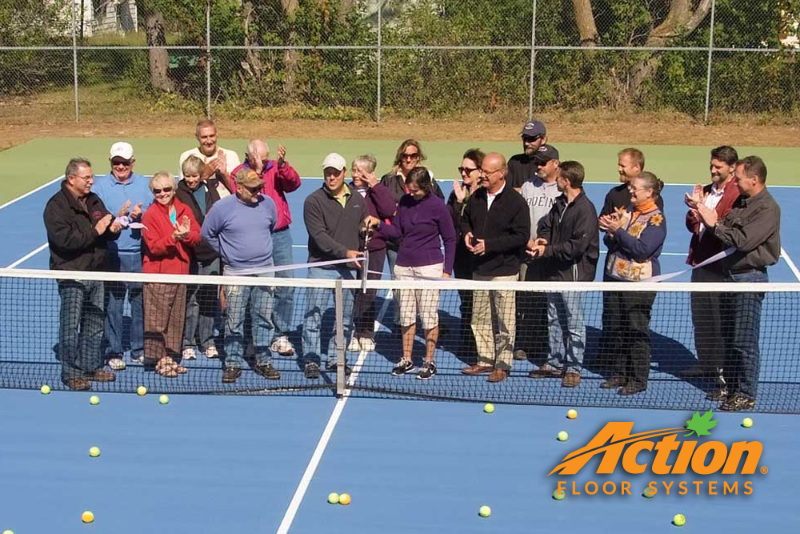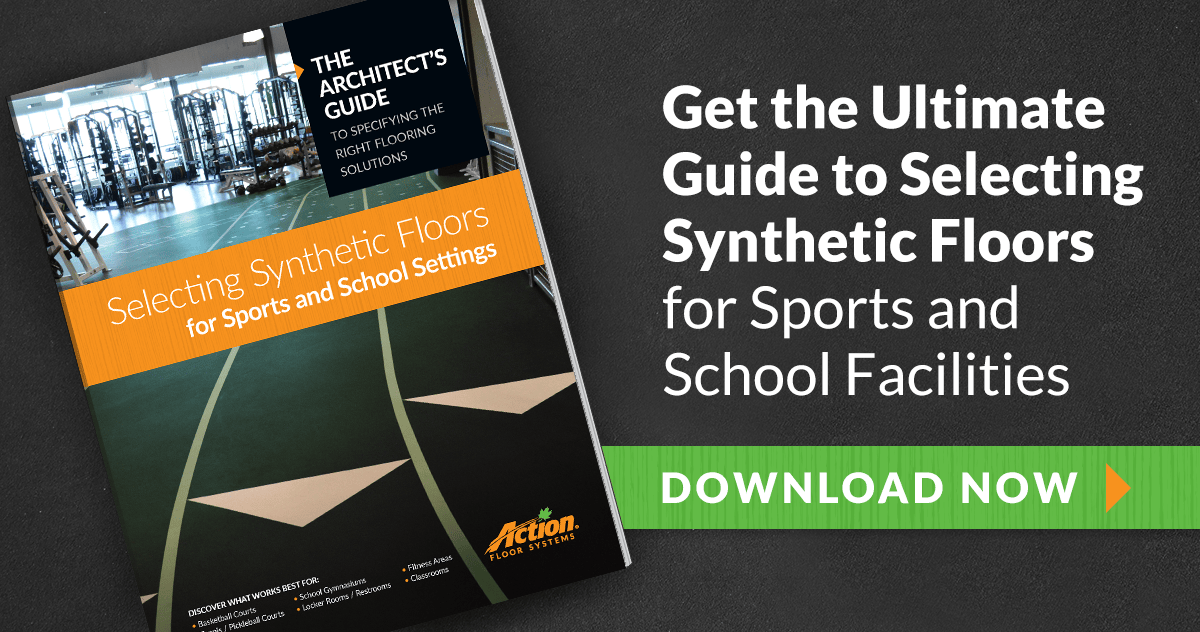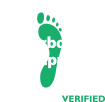 The game of tennis has a long history and the sport has been played on many surfaces over hundreds of years. Even today, there are carpeted indoor courts, clay courts, grass courts and artificial turf. Most of us, however, are familiar with playing on a customary hard court.
The game of tennis has a long history and the sport has been played on many surfaces over hundreds of years. Even today, there are carpeted indoor courts, clay courts, grass courts and artificial turf. Most of us, however, are familiar with playing on a customary hard court.
Both the Australian and U.S. Open take place on hard courts, and this type of tennis surface is known for providing dependable ball bounce. Yet, there can be many inconsistencies in the quality, durability and performance of hard courts.
The process of choosing the right sports surface for the tennis courts at your facility requires careful consideration. Here’s a helpful breakdown from Action Floor Systems® Midwest Representative, Gary Zander, who has overseen many tennis court installations and resurfacing projects.
A Typical Tennis Court vs. a Professional Sports Surface
An ordinary hard court will have a very basic construction with little thought given to protecting the bodies of athletes competing on it.
“A standard hard court has either an asphalt or concrete base,” Zander explains. “Then, they take an acrylic surface paint containing some sand for traction and ball response, and that’s applied over the top for a color coat. It’s usually very hard and fast. There’s no cushion for athletes.”
Zander adds that some companies will claim to offer “cushioned courts” because the acrylic paint contains rubberized granules, but he says that won’t do much to soften the surface.
“They’re lucky if they’re getting eight or nine percent shock absorption on a court like that,” he says. “Those courts are still about as hard as the concrete or asphalt underneath.”
What sets premium courts, such as the Action Herculan TC Pro line, apart from typical tennis courts is a rubber pad that is installed in between the hard base and the topcoat. This extra layer provides beneficial point elastic properties.
“The addition of shock absorption is where choosing a premium tennis court surface pays off for the athletes,” Zander says.
The Benefits of Shock Absorption
Hard courts are hard on athletes’ bodies, especially the knees. Tennis star Rafael Nadal criticized the Association of Tennis Professionals (ATP) in 2013 for failing to consider the health of tennis players as the number of competitions taking place on hard courts has grown. He was worried about being able to remain physically active after retiring from professional tennis.
“I can’t imagine football players playing on cement, I can’t imagine any other sport involving aggressive movements such as tennis being played on such aggressive surfaces such as ours.” ~ Rafael Nadal
It is possible to improve hard courts to better protect athletes. That’s why Action Herculan TC Pro offers a variety of shock absorption levels based on the thickness of the rubber pad used for cushioning.
Tennis surfaces from Action Floors are designed to meet specific international standards for point elastic athletic surfaces. An independent laboratory, which is certified by the International Association of Sports Surface Sciences (ISSS), tests for shock absorption and vertical deflection. This athletic performance testing is conducted per internationally recognized athletic surface standards for force reduction EN-14808 or DIN 18032-2 and vertical deflection EN 14809 and DIN 18032-2.
Zander says architects and end users have several options when choosing the right tennis surface for their project or facility.
“One of our most popular options is the Action Herculan TC Pro 7 + 2, which provides 26 percent shock absorption,” he says. “That creates a tennis court that’s much easier on hips, back, knees and ankles.”
Action Floors offers tennis court pads with thicknesses ranging from 4 mm to 9 mm. A 9-mm pad gives players as much as 32 percent shock absorption, but the 7-mm pad seems to be an ideal happy medium and gets specified most often.
“It all depends on how much cushion the end users need,” Zander says.
Casual tennis enthusiasts, coaches and student athletes will all feel a difference when using premium tennis courts with adequate shock absorption.
“We had a tennis coach in Ironwood, Michigan, tell us he noticed his team was less fatigued and experienced less soreness after playing on our surface,” Zander says.
Consistent Playability
If you’re questioning whether adding cushioning to a tennis court can affect the way the ball responds to a tennis court’s surface, the answer is simple.
“Extra shock absorption has no impact on ball response,” Zander says. “And, there’s no difference in ball response between the thickness of the pads. That only impacts the feel on a player’s legs.”
You can be assured of this because the International Tennis Federation (ITF) rates all of Action Floors’ tennis surfaces for ball response and speed.
“Action Herculan TC doesn’t take anything off ball speed or response because we completely adhere our surface to the concrete or asphalt base underneath. So, there’s no dead spots or air voids,” Zander explains.
Dead spots on other types of tennis courts can occur with products in which adhesive is only applied around the perimeter. In these cases, when there is a fluctuation in temperature, air pockets can form. When the ball hits these areas, it doesn’t respond as expected.
In fact, the ball may not bounce at all! That’s what happened at the Australian Open in 2011 when tennis star Mari Sharapova noticed a dead spot during warmups. Watch the video below and you’ll see how the ball appears to defy the laws of physics.
The surface layer of the tennis court also contributes to playability and performance. Action Floors does not use the typical acrylic paint product. Instead, we use a seamless polyurethane coating for both the main area and the court lines.
“That means it provides the same amount friction no matter where the ball lands,” Zander says. “The ball will not skip if it hits the court lines.”
Another advantage of using a polyurethane coating rather than acrylic paint is slip resistance.
“If acrylic gets wet, it is slippery,” says Zander. “When you’re playing on a tennis court and there’s morning dew or a little rain comes through, it can be quite slick. But, with our tennis surfaces, the top layer retains its slip resistance better, and athletes can get back to playing sooner after it rains.”
Premium Tennis Courts Should be Built to Last
If you invest in top quality tennis court surfaces, you should expect durability. That’s certainly what you get with the Action Herculan TC line of products.
The polyurethane topcoat is designed to stand up to racket hits without chipping or scarring, unlike most traditional hard court coatings. Plus, you’ll find that Action Floors’ tennis surfaces retain their performance characteristics over time.
Appearances are important, too. That’s why we offer 14 different color options to coincide with school colors or the overall look of your facility. Those colors are less likely to fade over time as the Action Herculan TC has excellent UV and weather resistant properties.
Action Herculan TC works well for both outdoor and indoor racket sport facilities. It’s the perfect option for reconstructing older hard courts and can be quickly and economically resurfaced when the time comes. For other racquet sports such as squash and racquetball, Action Floors manufactures performance-tested hardwood maple sports flooring systems as well. Learn more about in our exclusive e-book on specifying synthetic sports flooring.
Need more information about our sports flooring? Visit the Architects Resource center to download specifications or contact Action Floors today. You can also call us during business hours at 800-746-3585.
View Images of an Action Herculan TC Installation
[ngg_images source=”galleries” container_ids=”2″ display_type=”photocrati-nextgen_basic_thumbnails” override_thumbnail_settings=”0″ thumbnail_width=”240″ thumbnail_height=”160″ thumbnail_crop=”1″ images_per_page=”20″ number_of_columns=”0″ ajax_pagination=”0″ show_all_in_lightbox=”0″ use_imagebrowser_effect=”0″ show_slideshow_link=”1″ slideshow_link_text=”[Show slideshow]” order_by=”sortorder” order_direction=”ASC” returns=”included” maximum_entity_count=”500″]

























